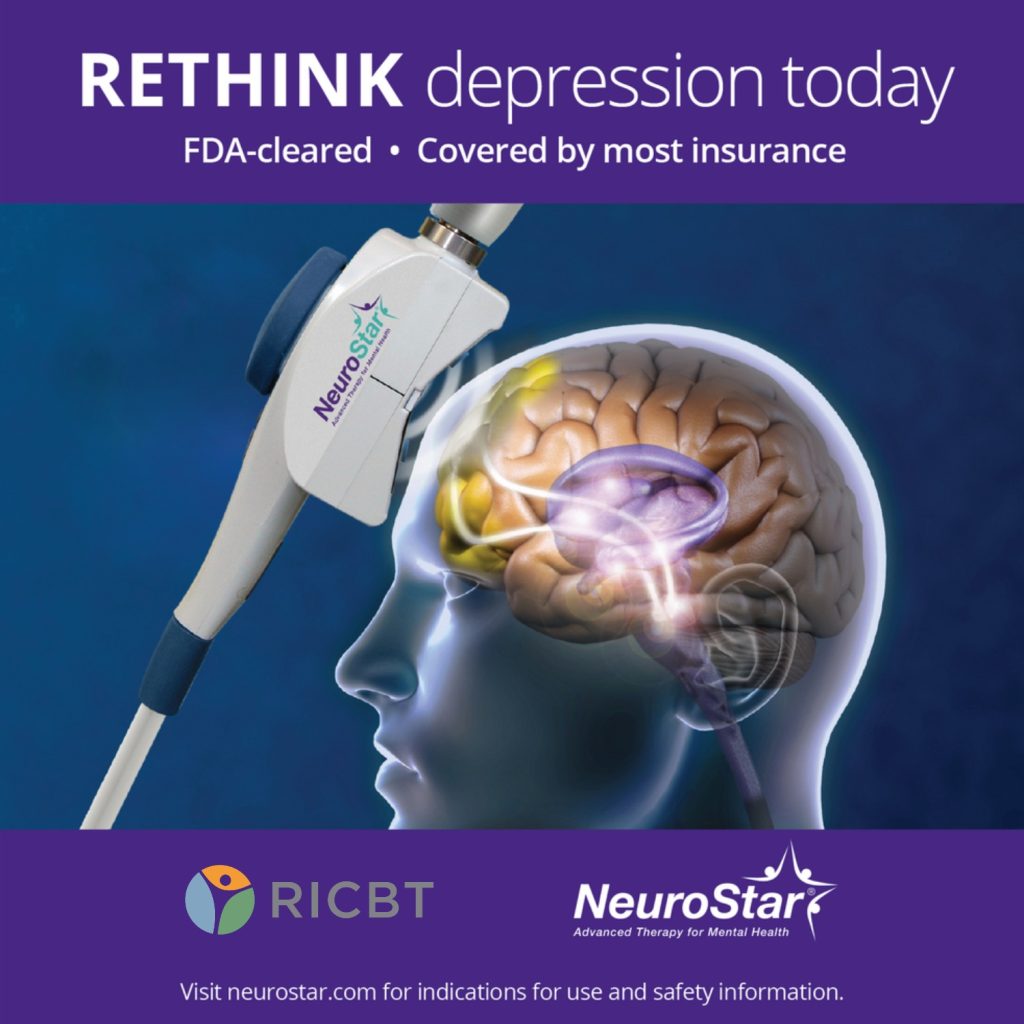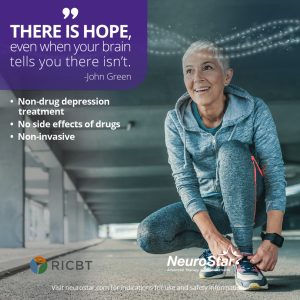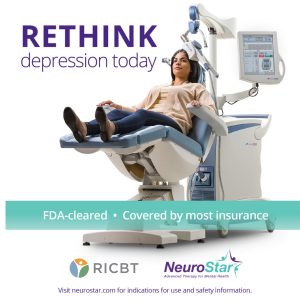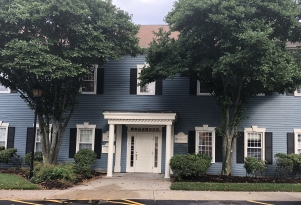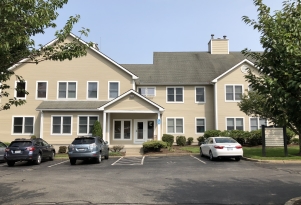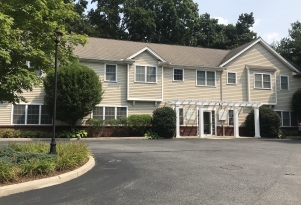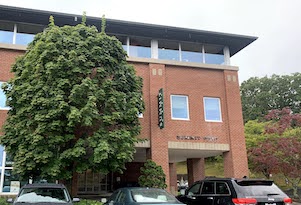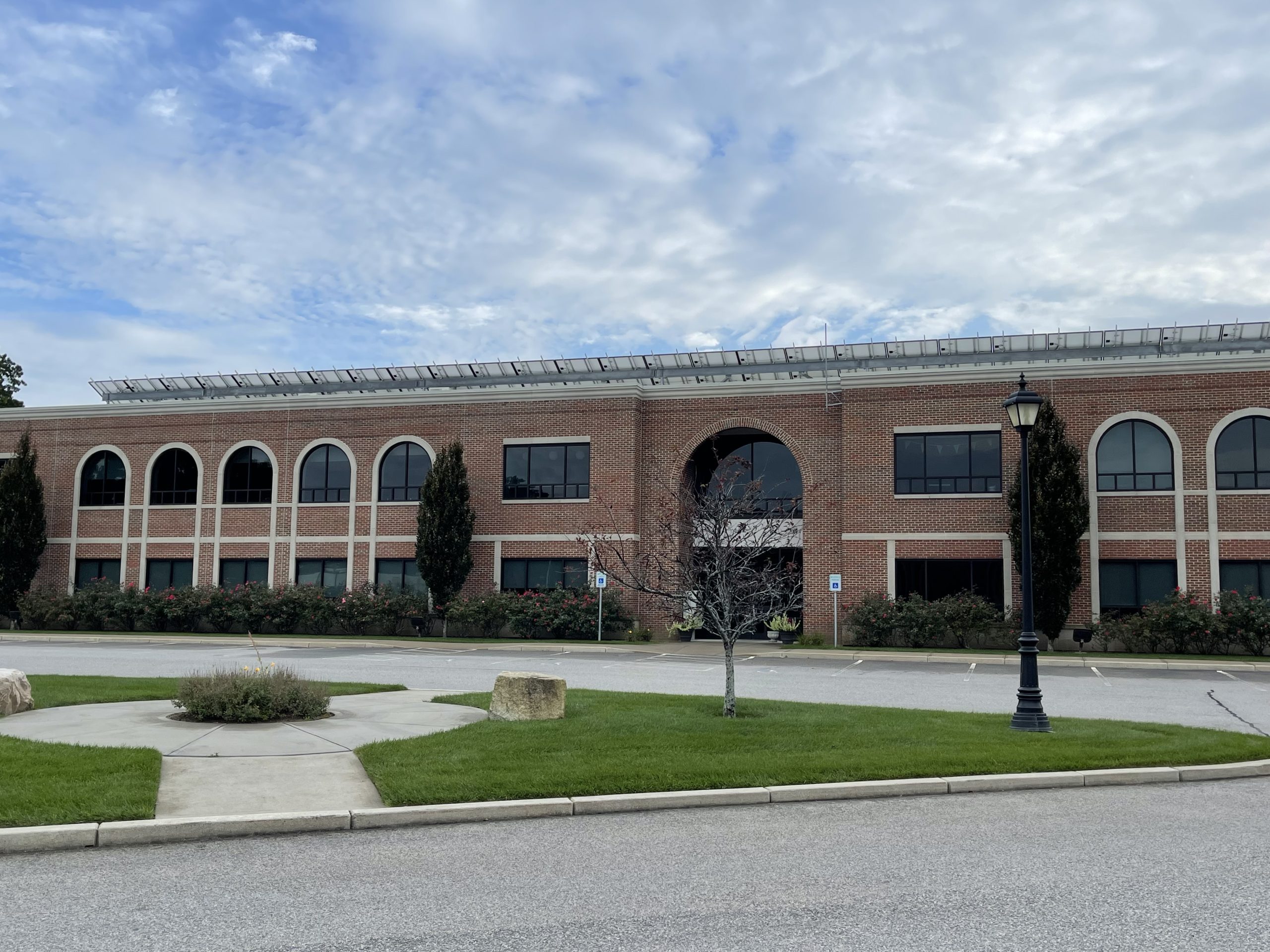Treatment Resistant Depression & TMS Services
Treatment Resistant Depression Program
We are proud to offer a comprehensive evaluation of your treatment-resistant depression, the factors that may be contributing to it, and various treatment options. To get started, please complete our New Patient Paperwork by clicking the button below. We will review it carefully and reach out to schedule an evaluation for you if we think we can be helpful or we will reach out to you with alternative recommendations.
Below, we describe our TMS treatment option. However, there are a number of options that might be right for you. We will get to know you and work with you to create a menu of choices. These might include:
- Specific therapy programs and groups designed to address Treatment Resistant Depression
- Family and marital therapy
- Medications and medication changes
- TMS
- Genetic testing
- Medical evaluations with other specialists
- Referral to a ECT (Electroconvulsive Therapy) clinics


